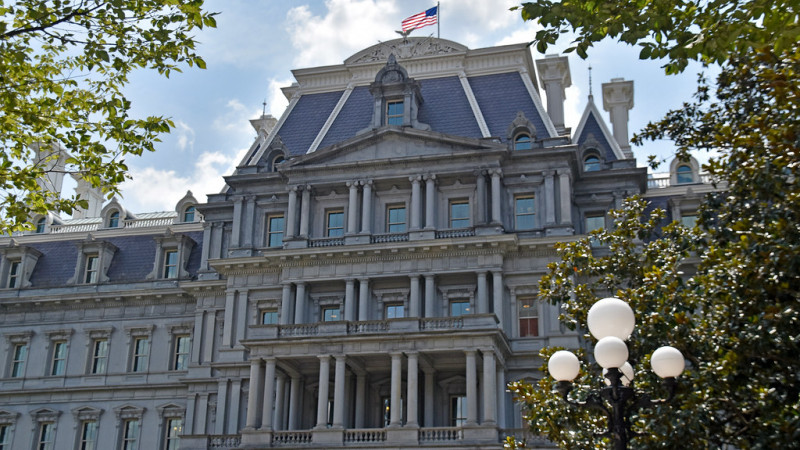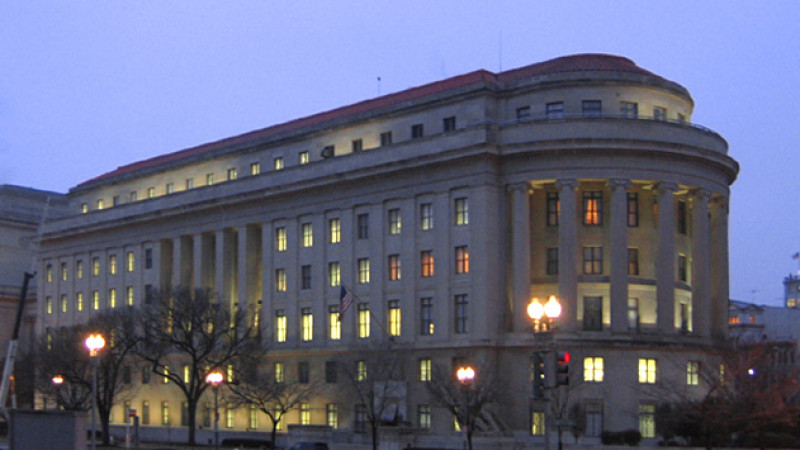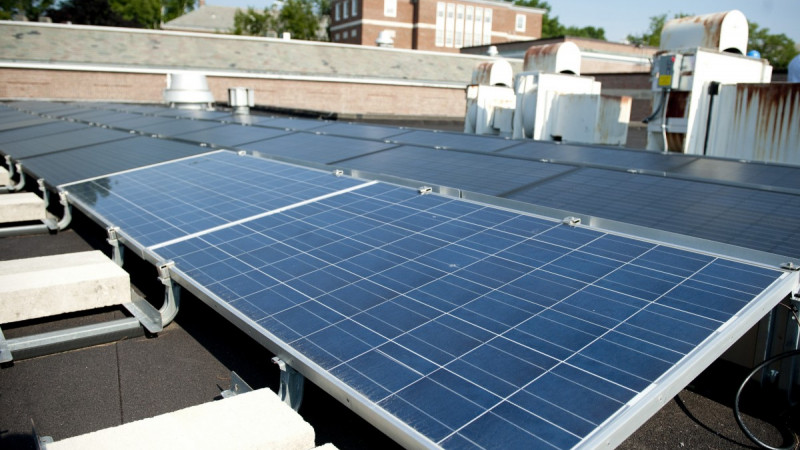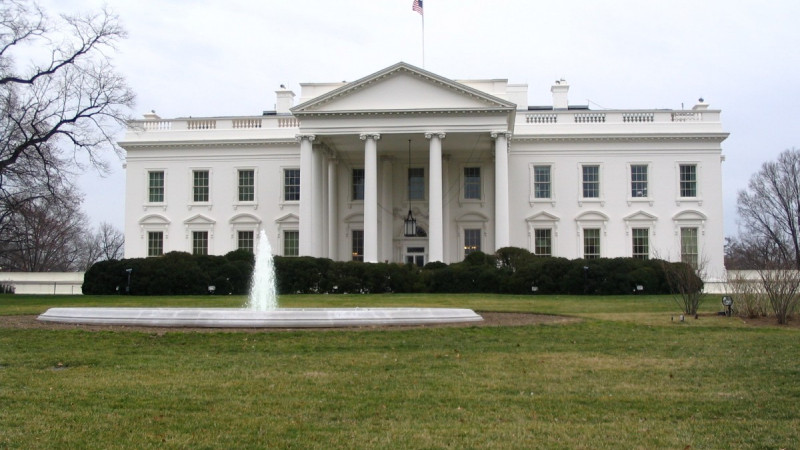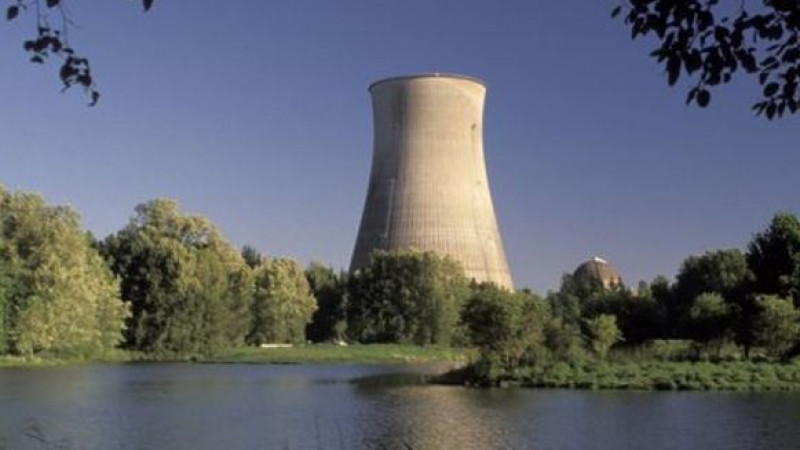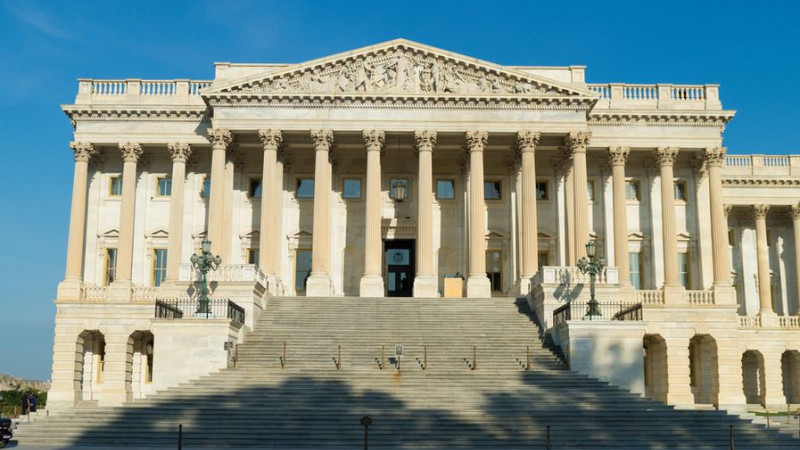Paving the Way for a Better Electric Grid
Expanding electric transmission is crucial for decarbonization, and we’ve actively and impactfully engaged in regulatory proceedings related to transmission planning. In the lead up to the Federal Energy Regulatory Commission’s (FERC) transmission planning and cost allocation reforms, we published a report on the importance of long-term, holistic electric transmission planning. This report was subsequently cited in a letter from four U.S. senators that encouraged the New England grid operator (ISO-NE) to improve its governance policies, proactively plan for new transmission, and ensure fair access to markets for clean energy technologies.
When FERC issued its landmark transmission rule in May 2024, we were pleased to see that the Commission adopted several of our recommendations. The Commission’s legal analysis related to the major questions doctrine largely tracked our own from earlier comments and a policy brief, and our comments were its only source outside of case law. FERC also relied on our comments as evidence that long-term, scenario-based planning is a tool to mitigate uncertainty about future transmission needs in order to achieve just and reasonable rates, rather than a source of new uncertainty that will raise costs. And, in response to a request of ours for clarification, FERC specified the details of the rule’s timeline.
FERC also acted on many of our suggestions regarding its backstop siting authority for transmission facilities. In response to our comments, the Commission clarified that additional power-sector emissions that may occur as a result of proposed transmission projects must be estimated when they are reasonably foreseeable. And, consistent with our comments' legal analysis, FERC confirmed its authority to require applicants to submit these and other air quality impacts under the Federal Power Act's backstop siting provision. Similarly, and notwithstanding comments to the contrary, FERC agreed with our and others’ analysis that it has the statutory authority under the Federal Power Act to consider environmental justice impacts when exercising backstop siting authority.

_800_450_90_s_c1.jpg)

_800_450_90_s_c1.jpeg)

